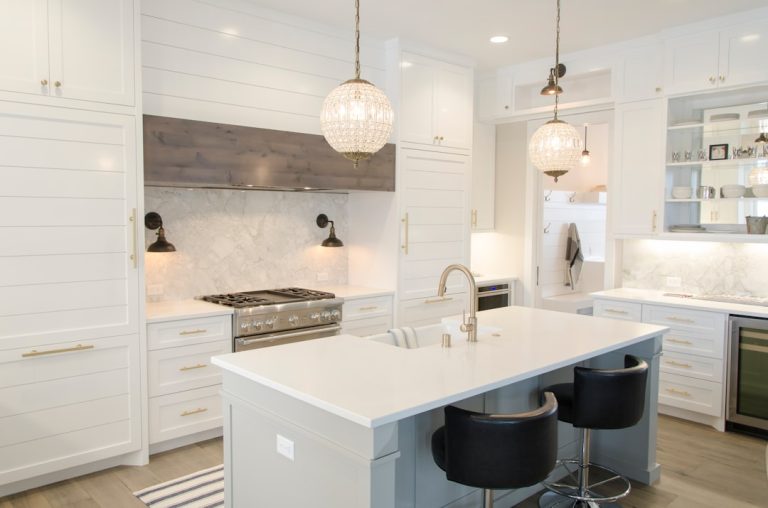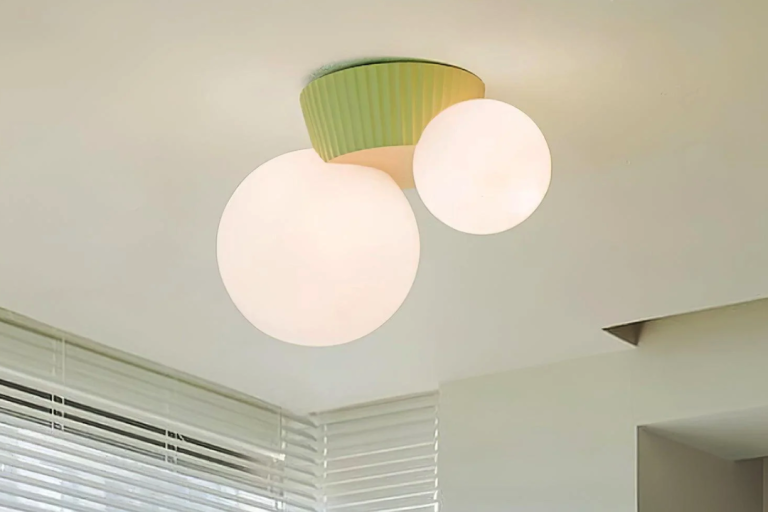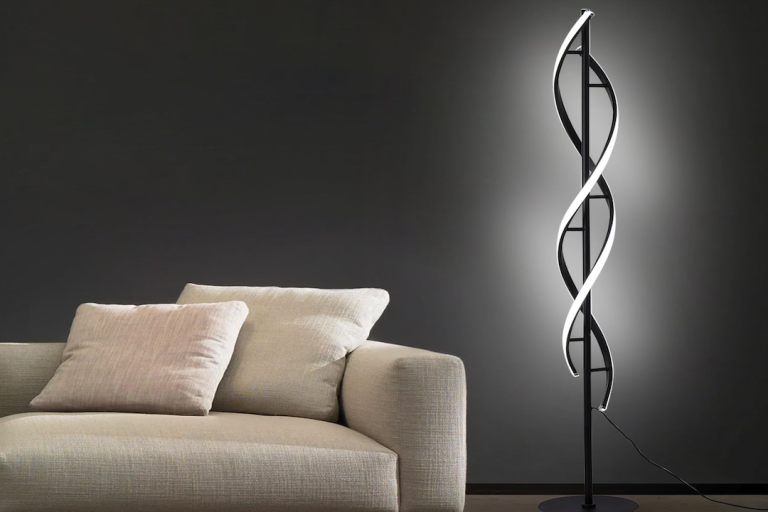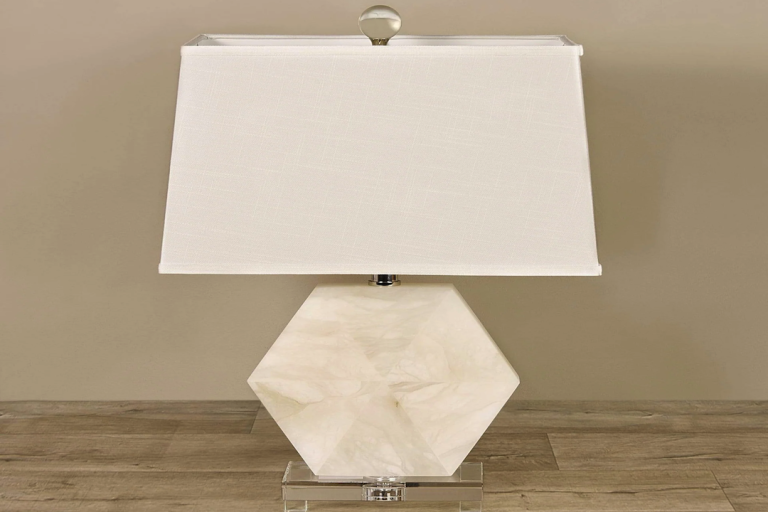Wooden table lamps have long been cherished for their unique ability to blend functionality with aesthetic appeal. These lighting fixtures serve not only as sources of illumination but also as decorative elements that can enhance the ambiance of any room. The warmth of wood brings a natural element into interior design, making wooden table lamps a popular choice for various styles, from rustic to modern.
Their versatility allows them to fit seamlessly into diverse settings, whether in a cozy living room, a minimalist office, or a charming bedroom. The charm of wooden table lamps lies in their craftsmanship and the variety of designs available. Each lamp tells a story through its material, shape, and finish, reflecting the artistry of the maker and the character of the wood itself.
As more people seek to create inviting spaces in their homes, wooden table lamps have emerged as a favored choice, combining practicality with an organic aesthetic that resonates with many.
History and Evolution of Wooden Table Lamps
Ancient Roots
In ancient Egypt, wooden bases adorned with intricate carvings were common, showcasing the skill of craftsmen and the cultural significance of lighting in daily life.
Evolution and Innovation
As time progressed, the design and functionality of wooden table lamps evolved significantly. The Industrial Revolution marked a turning point in lamp manufacturing, introducing new techniques and materials. While metal and glass became popular in lamp design during this period, wooden table lamps maintained their appeal due to their warmth and natural beauty.
A Resurgence in Popularity
The Arts and Crafts movement in the late 19th and early 20th centuries further emphasized handcrafted wooden furniture and fixtures, leading to a resurgence in the popularity of wooden table lamps. Artisans like Gustav Stickley championed the use of natural materials, promoting designs that celebrated simplicity and craftsmanship.
Types of Wood Used in Wooden Table Lamps
The choice of wood plays a crucial role in the overall aesthetic and durability of wooden table lamps. Various types of wood are utilized in lamp construction, each offering distinct characteristics that influence both appearance and performance. Hardwoods such as oak, maple, cherry, and walnut are commonly used due to their strength and longevity.
Oak, for instance, is known for its durability and beautiful grain patterns, making it a favored choice for traditional lamp designs. Its natural resistance to wear ensures that lamps made from oak can withstand the test of time. Softwoods like pine and cedar are also popular choices for wooden table lamps, particularly in more casual or rustic designs.
Pine is lightweight and easy to work with, allowing for intricate designs that can be painted or stained to match various decor styles. Cedar, with its aromatic properties and natural resistance to decay, is often used in outdoor lighting applications but can also be found in indoor lamps that aim to evoke a sense of nature. The choice of wood not only affects the lamp’s visual appeal but also its weight, stability, and overall quality.
Design and Aesthetics of Wooden Table Lamps
The design of wooden table lamps is as varied as the types of wood used in their construction. From sleek modern silhouettes to ornate vintage styles, these lamps can complement any interior design scheme. Contemporary designs often feature clean lines and minimalist forms that highlight the natural beauty of the wood grain.
For example, a simple cylindrical base made from light-colored birch can create a striking contrast when paired with a bold fabric shade. On the other hand, traditional wooden table lamps may incorporate intricate carvings or embellishments that reflect historical design trends. Lamps inspired by Victorian or Art Deco styles often showcase elaborate details that add a touch of elegance to any space.
The use of mixed materials—such as combining wood with metal or glass—can also enhance the visual interest of a lamp. A wooden base paired with a glass shade can create an eye-catching focal point on a side table or desk. Color plays an essential role in the aesthetics of wooden table lamps as well.
Natural finishes allow the inherent beauty of the wood to shine through, while painted or stained options can introduce vibrant hues that match or contrast with existing decor. The versatility in design ensures that there is a wooden table lamp suitable for every taste and setting.
Functionality and Practicality of Wooden Table Lamps
Beyond their aesthetic appeal, wooden table lamps are designed with functionality in mind. They provide essential lighting for various activities such as reading, working, or creating a cozy atmosphere during gatherings. Many modern wooden table lamps come equipped with adjustable brightness settings or built-in USB ports for charging devices, enhancing their practicality in today’s tech-driven world.
The size and scale of wooden table lamps also contribute to their functionality. Smaller models are ideal for bedside tables or compact workspaces, while larger designs can serve as statement pieces on console tables or living room sideboards. The height of a lamp is crucial; it should be proportionate to the surrounding furniture to ensure optimal lighting without causing glare or discomfort.
Moreover, the versatility of wooden table lamps extends to their placement within a room. They can be used as task lighting on desks or side tables, ambient lighting on shelves or mantels, or even as decorative accents in unexpected locations. This adaptability makes them an essential component in both residential and commercial spaces.
Sustainability and Environmental Impact of Wooden Table Lamps
Sustainable Forestry Practices
Wood is a renewable resource, but its environmental impact depends on how it is harvested and processed. Sustainable forestry practices ensure that trees are cut down in a way that allows forests to regenerate naturally, preserving biodiversity and reducing carbon footprints.
The Benefits of Reclaimed Wood
Many manufacturers now prioritize using reclaimed or salvaged wood for their lamp designs. This approach not only reduces waste but also adds character to each piece, as reclaimed wood often features unique imperfections and histories that new wood lacks.
Energy Efficiency through Technology
Advancements in technology have led to the development of energy-efficient lighting options such as LED bulbs that can be used in wooden table lamps. These bulbs consume significantly less energy than traditional incandescent bulbs and have a longer lifespan, further reducing environmental impact over time.
Maintenance and Care of Wooden Table Lamps
Caring for wooden table lamps is essential to preserve their beauty and functionality over time. Regular maintenance involves dusting the lamp with a soft cloth to prevent dust buildup that can dull its finish. For deeper cleaning, it is advisable to use a damp cloth followed by immediate drying to avoid moisture damage.
Depending on the type of finish applied to the wood—whether it be varnish, oil, or paint—specific care instructions may vary. In addition to cleaning, periodic checks for wear and tear are important for ensuring safety and longevity. Inspecting electrical components such as cords and switches can prevent potential hazards associated with faulty wiring.
If any issues are detected, it is best to consult a professional electrician rather than attempting repairs independently. For those who wish to maintain the original luster of their wooden table lamps, applying furniture polish or oil can help rejuvenate the wood’s appearance over time. However, it is crucial to choose products specifically designed for use on wood surfaces to avoid damaging the finish.
The Timeless Appeal of Wooden Table Lamps
Wooden table lamps embody a timeless appeal that transcends trends and fads in interior design. Their ability to combine functionality with artistic expression makes them enduring favorites among homeowners and designers alike. As we continue to seek ways to create warm and inviting spaces within our homes, these versatile lighting fixtures will undoubtedly remain relevant.
The rich history behind wooden table lamps reflects humanity’s enduring relationship with nature and craftsmanship. As we move towards more sustainable practices in our consumption habits, wooden table lamps stand out as eco-friendly choices that celebrate both beauty and responsibility. Whether through their unique designs or the warmth they bring into our lives, wooden table lamps will continue to illuminate our spaces for generations to come.








+ There are no comments
Add yours